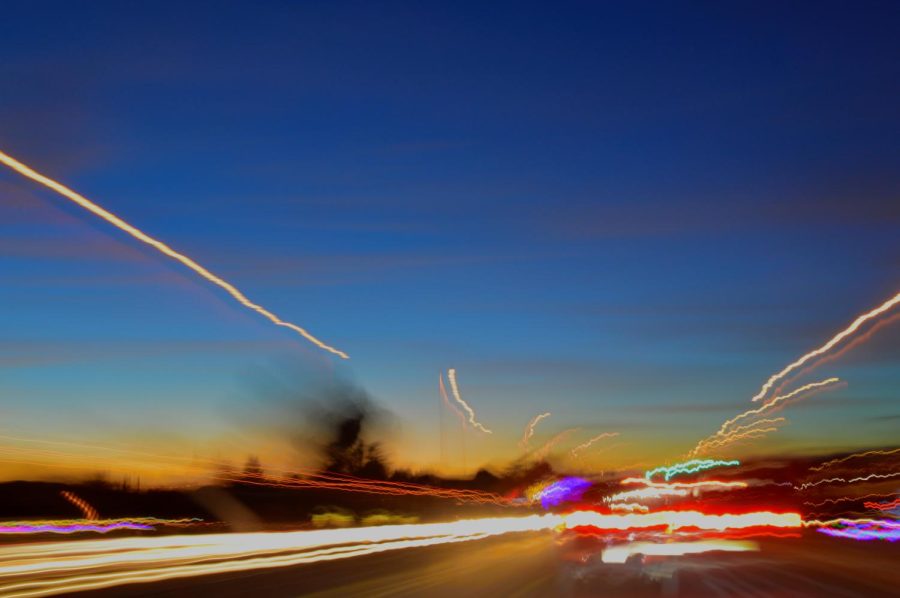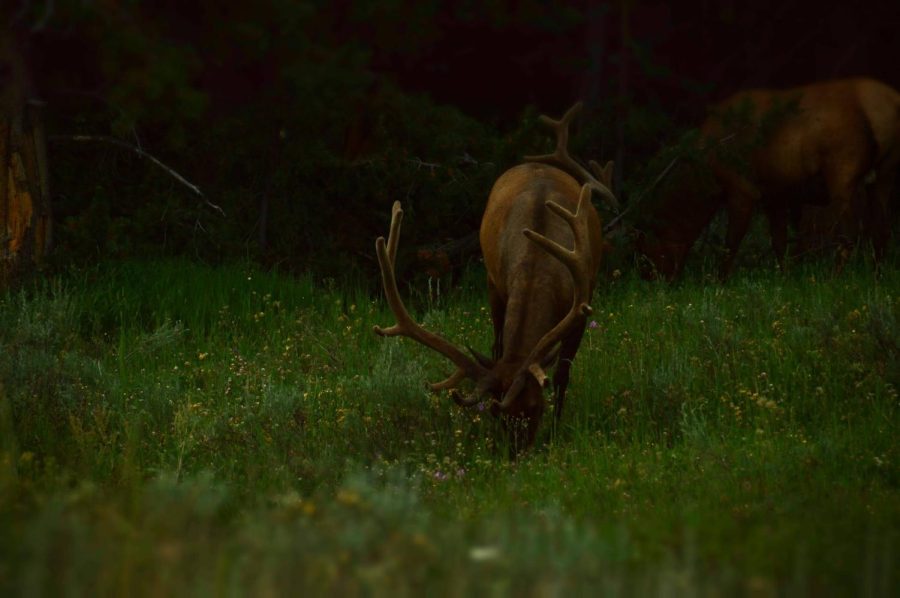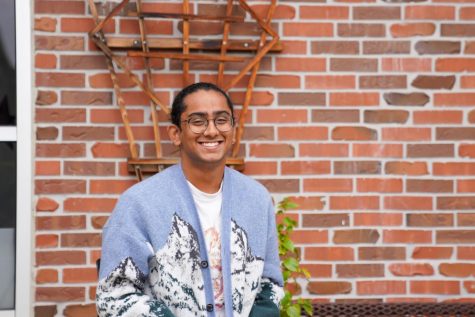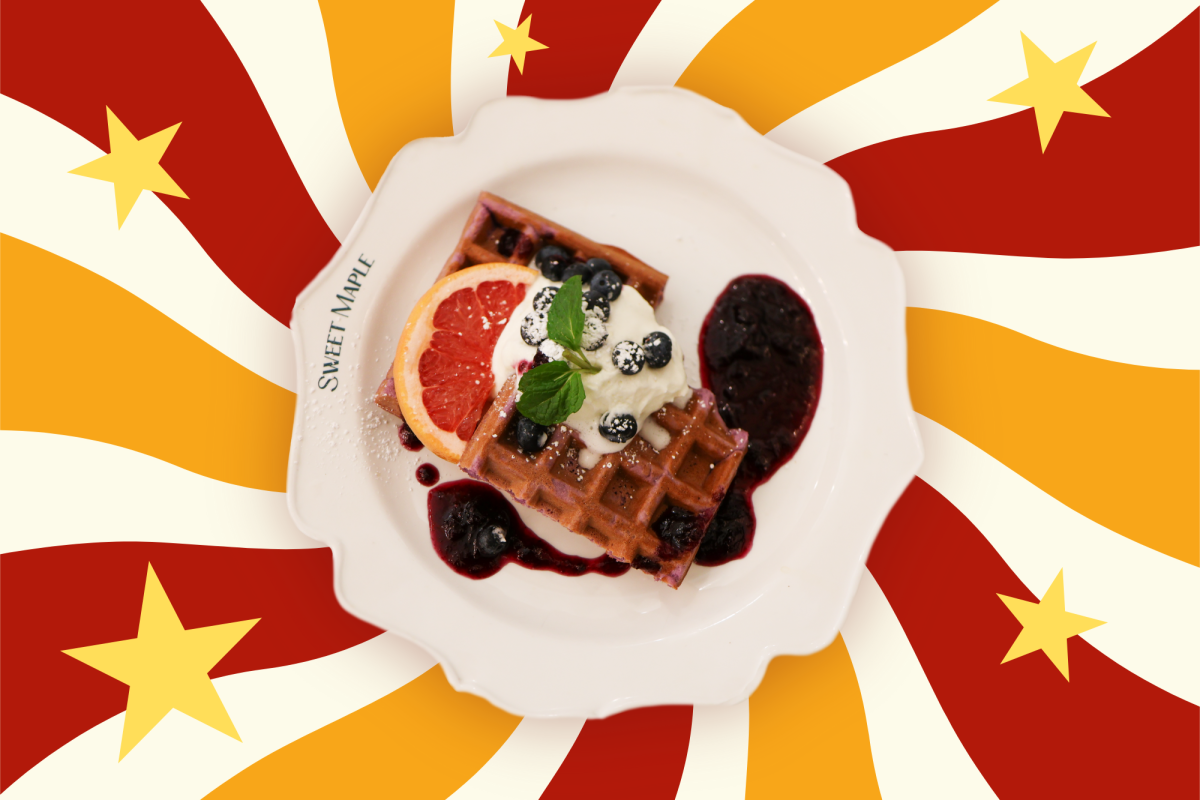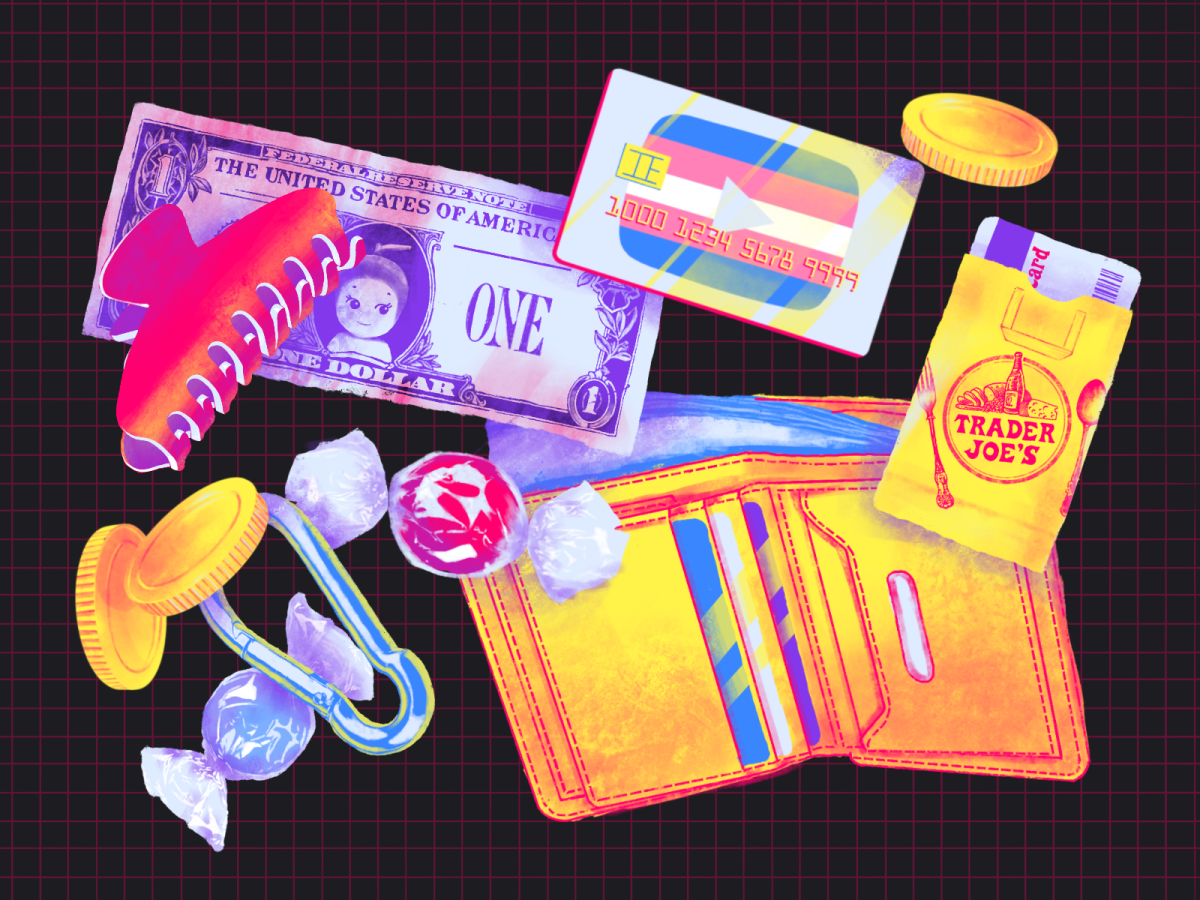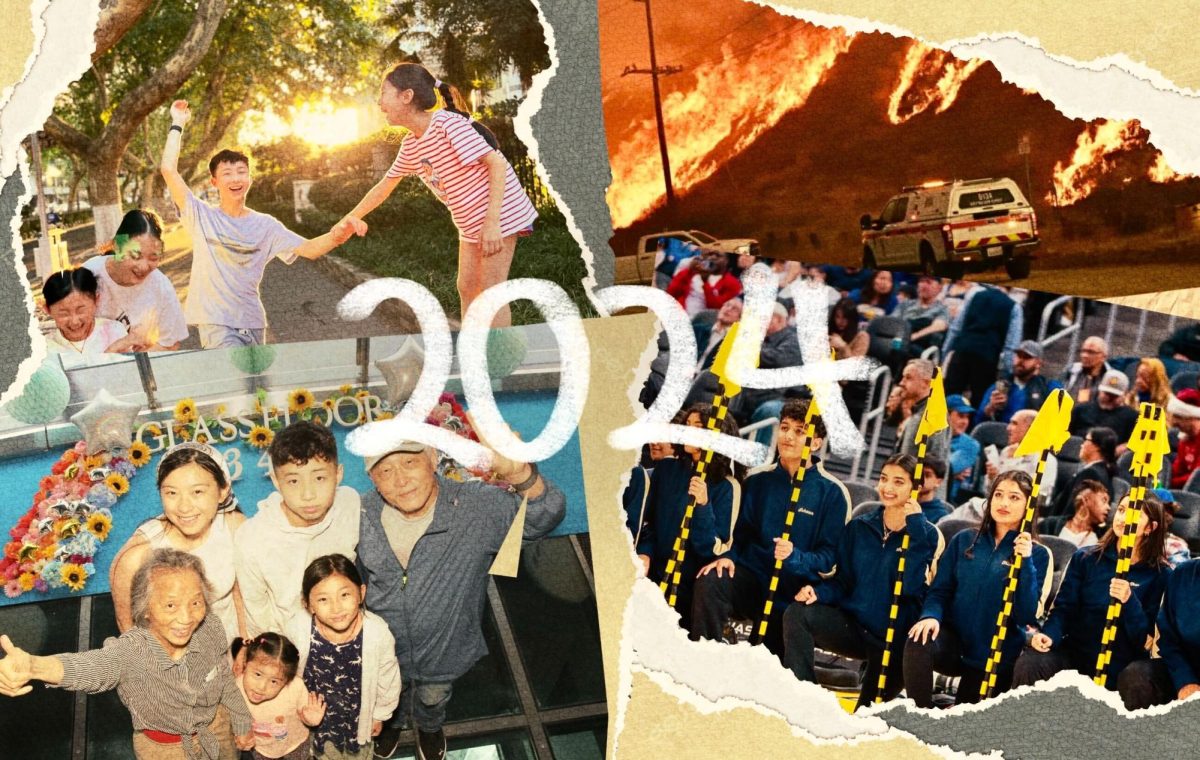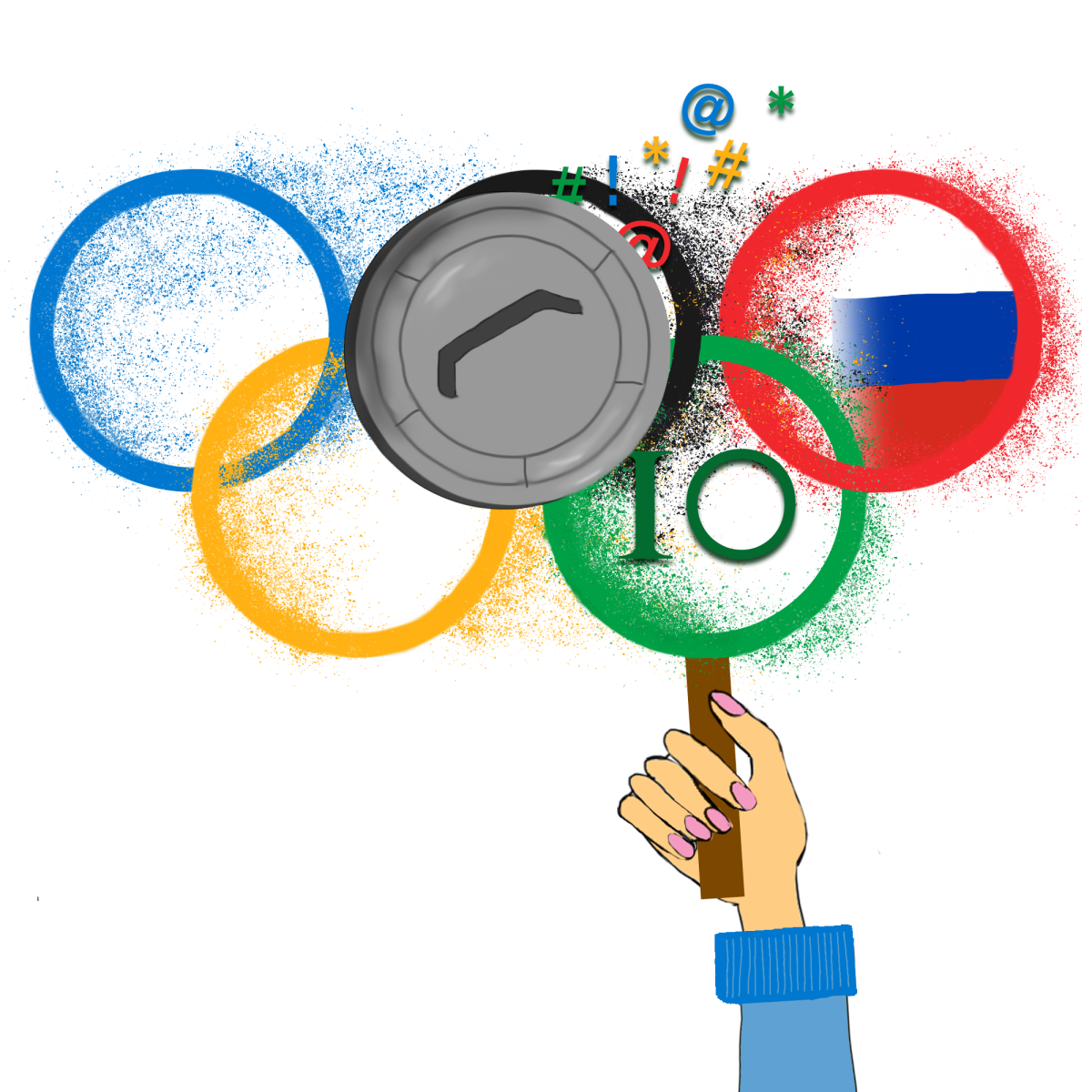A manuscript for moments
How photography helped me embrace my flaws
Photography has been an outlet for my emotions and it provides me with an important escape. But it’s more than that; each photo I take serves as a capture of my personality at the time, a published copy of my state of mind.
April 26, 2022
As a sixth grader, I only enjoyed taking photos once I began to interact with my environment.
Using my mom’s run-down phone, I went on a trip with some friends on a hiking path. Looking outward, I could see colorful flushes of flowers and sun rays, but it was often too bright for me. I eventually started to look downwards instead of straight ahead, and found beauty right next to my shoes — the small miniature growth that never found itself straying away from the darkness of everything else above. After eventually crouching down near a flower, I spent a long time simply searching for the right angle with the phone. Suddenly, a small dotted butterfly landed on a yellow petaled flower next to the one I was pouring over. Moving my phone camera slowly to the left, I told my friends to keep silent as I slowly pivoted backwards and reared over the unknowing butterfly. Knowing that my shadow would scare it away, I was careful not to loom over it and moved just my phone instead . The sun rays were still leaking from the cracks of tree branches that silhouetted the ground, and they conveniently had chosen to neither cover me nor the flower that the butterfly was perched on. I waited patiently for the butterfly to open its wings further, and—
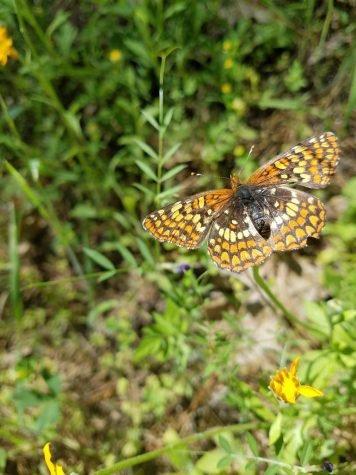
There it was. A multi shaded pattern of yellow, white, orange and black, a living flower replacing its perch. It was the brightest sight I could see, the most visible in my eyes; everything else seemed like darkness, giving it the shape and color that it needed to exist.
Almost six years later, it’s still an essential memory when I think of my personal development. The photo was something I had put in effort to take; it was a genuine accomplishment. I had sketched this photo in my mind, and the camera responded and created the final published product.
But photography, as I would learn later, was not this formulaic of a process: things only sometimes went to plan, and often I would have to come to compromise with its limitations. The corner of an image could be weirdly blurry, the lighting would be poor, or I wouldn’t be able to find the right settings for the shot I had in mind.
At first, this was incredibly frustrating for me: I began to feel insecure about my abilities. Taking photos was a significant part of my identity, and I began to feel like I would never get that excitement again. The pandemic came to be a significant detriment to this as well: being trapped at home meant that I had little scenery to find.
So in an act of desperation, I began to experiment.
Instead of waiting for the right moment to take a photo, I decided to be proactive with my photography. I would capture moments that I would create myself: instead of finding beautiful scenery to photograph, I would just make it with my own hands. I would forcefully cut down branches and lay them out in interesting patterns or grab household items of similar colors and experiment with finding interesting subjects in my photos. Sometimes, I made my angles diagonal instead of straight, or took whole photos upside down just to establish a unique effect. I wanted to make something unique out of very apparent objects, and it all had to be exactly drawn out by my camera.
Yet my biggest challenge, once again, became natural limitations. I couldn’t steer the sun to hit a flower petal at just the right angle. I didn’t have a blacked out studio that I could use to create impact. I lived in a room that had suffocating white walls lit by a depressingly dim white light, and I had a large sum of zero dollars to try and buy myself something that could help brighten up my style. I simply had to embrace my current conditions, and confront those same compromises that I was trying to avoid when taking photos.
However, over this hill of self-doubt came a greater sense of clarity. When looking through some of my previous photos, I came across some I deemed as accidents. Taken during a Diwali party, it showcased looping light trails of sparklers shining straight out of a black background, with them elegantly curving around each other. When racking my mind as to how this photo came to be, I struggled to remember. It was a complete accident, a capture of what I could only imagine to be a mess up of the camera. But this aspect was exactly what made it so compelling, because this photographic mess ended up looking like something else entirely. It felt like I was viewing a photo with a different lens, finding licks of blue and red within bright greens and yellows. I stopped looking at the bigger picture—instead, I started appreciating the awkward curves, looping curls and how it embraced the whole frame for its use. It was a whole new area of photography for me, a happy accident that was unique enough to showcase its own beauty.
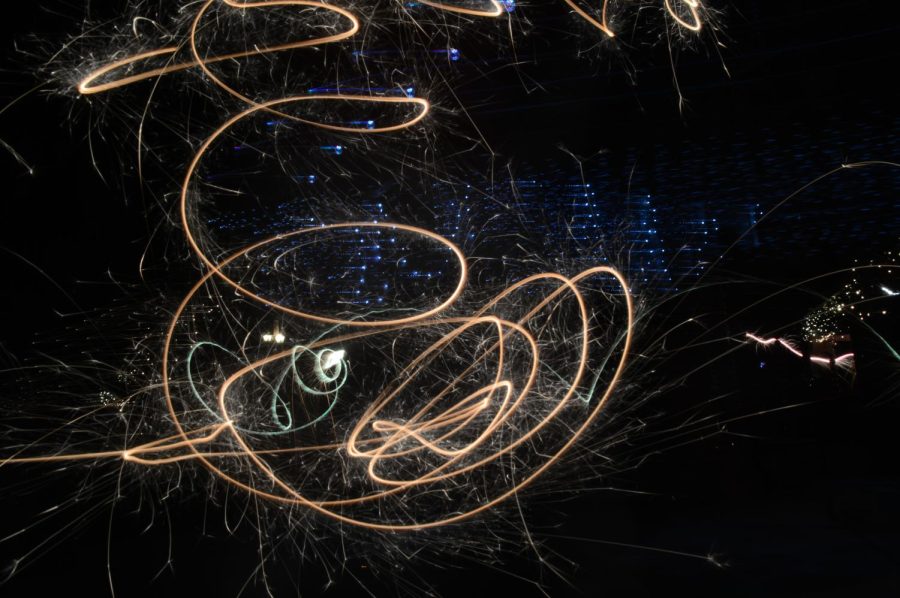
Eventually, I came to embrace that side, finding a greater appreciation for messy photos. Whether it was the way light danced across the frame in a long exposure shot or the way the matted grass was textured, it all began to showcase a unique flair. I adopted this new and exciting form of photography and it perfectly complemented my meditative work as well. It allowed me to come to terms with my insecurities — even if I couldn’t be the best photographer that I envisioned to be, there was still merit in my accidents, and all I had to do was to just look deeper in the frame.
Looking forward with six years of photography experience behind me, I find confidence in my art. It’s been an outlet for my emotions and it provides me with an important escape. But it’s more than that; each photo I take serves as a capture of my personality at the time, a published copy of my state of mind. I could sketch and storyboard all my goals, but eventually the camera would be the one to bring that vision to life with its own interpretation, a manuscript interpolating the highs and lows of the moment and bringing it to the final inking.



